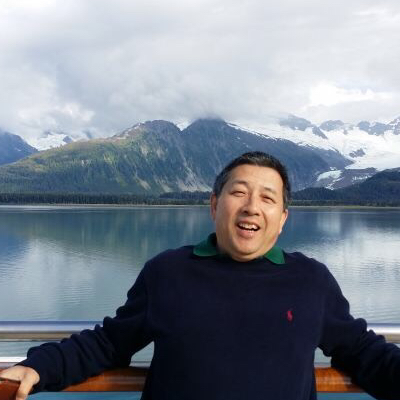How can I understand the magnetizing current belonged to the primary or secondary winding of transformer
When I studied the power electronic technology about the high frequency transformer at school. I understood the magnetizing current is the current in primary winding in no laod condition. So there is no magnetizing current in secondary winding? But I am confused now when I read a paper about ZVS full bridge converters yesterday.
It is described that the magnetizing current will flow to secondary winding at the dead time.So I am confused now.
The paper name is that Simple Zero Voltage Switching Full-bridge DC Bus Converters written by Weidong Fan and Goran Stojcic.
So who can explain to me clearly,thanks!
Comments: 2
-
 jackey.zhang
jackey.zhangWait on line
0Reply -
 Wei
WeiJimmy, You may already find the answer of how to understand the magnetizing current. But my personal comment is as follow: In a switching circuit, we excite one of the windings and inject energy to the transformer. We call this winding as primary. When we turn on the primary switch in "D" time interval, there may be two portions of energy inject to the primary, magnetizing energy and through pull energy (forward type). It is important to understand that the magnetizing energy is stored in the core material in the way of current flow through winding (flux), not in the winding. When the primary switch is turned off, the magnetizing energy in the core does't carry information about where the energy came from and must find a path to continue the flux. If the primary winding doesn't provide a path but secondary winding does, then the magnetizing current will flow though the secondary winding. A transformer as a magnetic component does not have primary and secondary in theory. The primary and secondary are concept for applications.
1Reply
Add a Comment
Please login to comment.Login
Enter your email address and password

